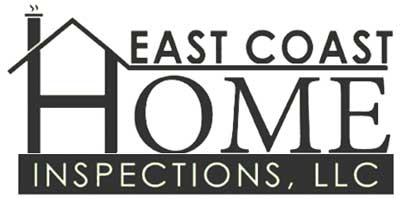From the U.S. Environmental Protection Agency website on asbestos
(go to www.epa.gov/asbestos for the complete document):
Where Can I Find Asbestos And When Can It Be A Problem?
Most products made today do not contain asbestos. Those few products made which still contain asbestos that could be inhaled are required to be labeled as such. However, until the 1970s, many types of building products and insulation materials used in homes contained asbestos.
Common products that might have contained asbestos in the past, and conditions which may release fibers, include:
- STEAM PIPES, BOILERS, and FURNACE DUCTS insulated with an asbestos blanket or asbestos paper tape. These materials may release asbestos fibers if damaged, repaired, or removed improperly.
- RESILIENT FLOOR TILES (vinyl asbestos, asphalt, and rubber), the backing on VINYL SHEET FLOORING, and ADHESIVES used for installing floor tile. Sanding tiles can release fibers. So may scraping or sanding the backing of sheet flooring during removal.
- CEMENT SHEET, MILLBOARD, and PAPER used as insulation around furnaces and woodburning stoves. Repairing or removing appliances may release asbestos fibers. So may cutting, tearing, sanding, drilling, or sawing insulation.
- DOOR GASKETS in furnaces, wood stoves, and coal stoves. Worn seals can release asbestos fibers during use.
- SOUNDPROOFING OR DECORATIVE MATERIAL sprayed on walls and ceilings. Loose, crumbly, or water-damaged material may release fibers. So will sanding, drilling, or scraping the material.
- PATCHING AND JOINT COMPOUNDS for walls and ceilings, and TEXTURED PAINTS. Sanding, scraping, or drilling these surfaces may release asbestos.
- ASBESTOS CEMENT ROOFING, SHINGLES, and SIDING. These products are not likely to release asbestos fibers unless sawed, dilled, or cut.
- ARTIFICIAL ASHES AND EMBERS sold for use in gas-fired fireplaces. Also, other older household products such as FIREPROOF GLOVES, STOVE-TOP PADS, IRONING BOARD COVERS, and certain HAIRDRYERS.
- AUTOMOBILE BRAKE PADS AND LININGS, CLUTCH FACINGS, and GASKETS.
Where Asbestos Hazards May Be Found In The Home
- Some roofing and siding shingles are made of asbestos cement.
- Houses built between 1930 and 1950 may have asbestos as insulation.
- Asbestos may be present in textured paint and in patching compounds used on wall and ceiling joints. Their use was banned in 1977.
- Artificial ashes and embers sold for use in gas-fired fireplaces may contain asbestos.
- Older products such as stove-top pads may have some asbestos compounds.
- Walls and floors around woodburning stoves may be protected with asbestos paper, millboard, or cement sheets.
- Asbestos is found in some vinyl floor tiles and the backing on vinyl sheet flooring and adhesives.
- Hot water and steam pipes in older houses may be coated with an asbestos material or covered with an asbestos blanket or tape.
- Oil and coal furnaces and door gaskets may have asbestos insulation.
What Should Be Done About Asbestos In The Home?
If you think asbestos may be in your home, don’t panic! Usually the best thing is to LEAVE asbestos material that is in good condition ALONE.
Generally, material in good condition will not release asbestos fibers. THERE IS NO DANGER unless fibers are released and inhaled into the lungs.
Check material regularly if you suspect it may contain asbestos. Don’t touch it, but look for signs of wear or damage such as tears, abrasions, or water damage. Damaged material may release asbestos fibers. This is particularly true if you often disturb it by hitting, rubbing, or handling it, or if it is exposed to extreme vibration or air flow.
Sometimes, the best way to deal with slightly damaged material is to limit access to the area and not touch or disturb it. Discard damaged or worn asbestos gloves, stove-top pads, or ironing board covers. Check with local health, environmental, or other appropriate officials to find out proper handling and disposal procedures.
If asbestos material is more than slightly damaged, or if you are going to make changes in your home that might disturb it, repair or removal by a professional is needed. Before you have your house remodeled, find out whether asbestos materials are present.
